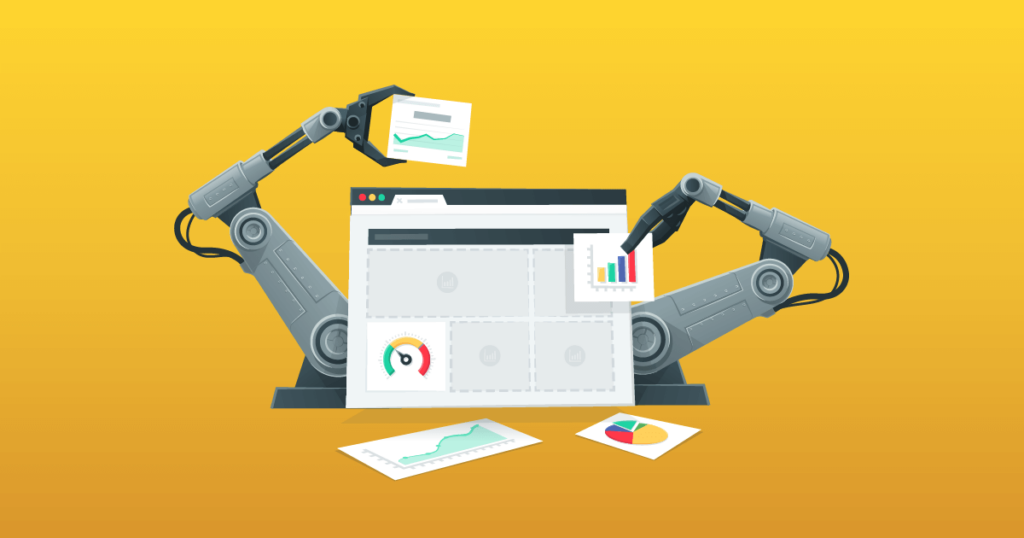Streamlining HR processes into one software gives employees easier access to their information and saves time for HR specialists. This translates into happier, more productive staff who can focus on initiatives that drive business forward.
Ask your payroll providers what features they offer to help streamline your processes. You may be surprised at how much goes beyond processing payments and preparing W2s.
Page Contents
1. Automated Time Tracking

HR teams are often overburdened by data entry and manual processes that can be easily automated. Automation can free up the time HR needs to focus on higher-level tasks, such as connecting with people and moving the organization forward.
Streamlining HR payroll processes can save your organization money, increase compliance, and improve employee experience. McKinsey research suggests that over half of traditional HR procedures are candidates for automation. Start by identifying areas of your business where human labor is being used for mundane tasks, such as processing expense receipts and tracking employee timesheets.
Using an automated system to track employee time can eliminate many errors and inaccuracies associated with this process. Additionally, the system can help simplify and streamline the process by eliminating paperwork, reducing the number of systems that need to be managed, and allowing employees to self-track their time on projects with just one click. This can reduce the time spent tracking employee performance and help minimize productivity leaks by highlighting areas of inefficiency.
2. Automated Payroll
Payroll is one of the most critical processes for HR. Streamlining this process helps clarify employee responsibilities, lowers processing time, and enhances compliance. This gives businesses more time to assign staff members to value-added tasks.
When conducting payroll manually, human error is a common occurrence. It only takes a small mistake to cause your team many hours of extra work. Using an automated payroll solution reduces the likelihood of these mistakes by integrating your time-tracking software with your payroll system. Employees can clock in and out using their mobile device or a swipe card, badge, hand print, or fingerprint to import the data into your software.
In addition, automation eliminates the need for physical copies of sensitive documents and information. Automated systems use robust data encryption to protect your organization from unauthorized access and potential liabilities. This makes your job easier as an HR manager, allowing you to focus on other projects to help your business grow and succeed. Your employees will also enjoy the benefits of a faster and more accurate process when they can update their information in a digital database, depending on the type of software you choose.
3. Automated Reporting

The human brain could be better, especially when simultaneously compiling reports for multiple clients. A small mistake here or there can turn an otherwise useful piece of information into a useless one. Automated reporting eliminates these errors by pulling together metrics from different platforms, making it easier to analyze and find any issues that may arise.
Having to manually prepare and run a report weekly, monthly, or quarterly is an inefficient way to spend time. By streamlining these processes, employees can focus on more value-added tasks that can propel the company forward.
Streamlining these processes into one software also frees HR to recruit and retain talent. Many employees need more motivation to work at an organization that makes them feel undervalued and routinely burdened with monotonous work. The right tech can take those burdens off employees, elevating their job satisfaction and allowing them to pursue more challenging goals. This freedom translates into increased productivity and hard numbers that would please any CFO.
4. Automated Payments
Using automated software to manage processes, like onboarding and payroll enrolment, helps employees feel at ease. It also prevents errors with manual systems, such as missed deadlines for tax filing or information processing mistakes.
Moreover, when HR and Payroll staff access the same data, they can streamline workflows more accurately. That’s because they won’t be dealing with incompatible information silos. Additionally, it’s easier to keep track of records in a digital format than a physical one, which reduces the risk of lost paperwork and delays in transferring data between systems.
As a result, HR teams can focus on elevating employee engagement and productivity by resolving issues faster. And a faster turnaround time translates into dollars that can go directly back to the bottom line. That’s why it’s important to choose the right automation tech. It should be user-friendly, affordable, and able to scale as the company grows. Request a demo today to learn more about how our client-first solution can help you achieve your HR and payroll goals.
5. Automated Employee Self-Service

HR staffers spend much time answering routine questions and helping employees with basic tasks. While an Employee Self Service (ESS) portal won’t replace human resources professionals, a well-designed system can save them time by automating and streamlining these regular, repetitive tasks and give them more energy to tackle bigger issues like grievance resolution and creating better policies.
When a company uses an ESS portal, new hires can fill out essential forms independently, and employees can access their information from one centralized space to view pay stubs, request PTO, and more without needing help from the HR team. Even if an employee is leaving the company, they can update their information before leaving so that any outstanding paperwork is completed and filed.
Automation can drastically cut down on processing time, reduce errors, and improve the overall efficiency of HR departments. However, it’s important to have a plan before swapping out manual processes for automation. Make a list of your most time-consuming and error-prone processes, then determine what would be best to automate first.






